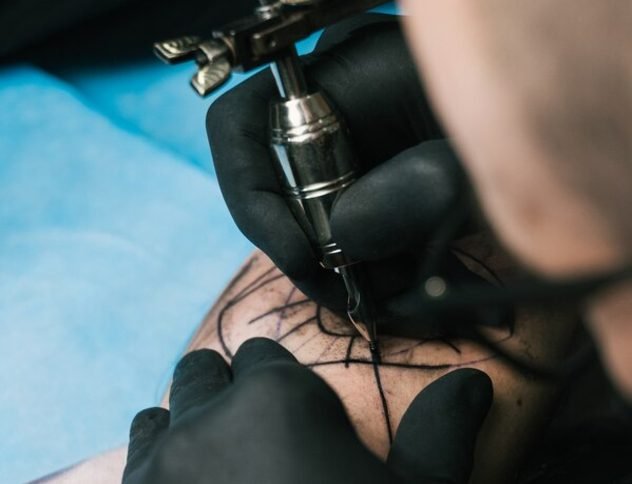
Introduction
Getting a tattoo is a personal choice that holds significant meaning for many individuals. However, as time goes by, circumstances change, and what was once a cherished tattoo may become something you wish to remove. Whether it’s because of a change in taste, a desire to start fresh, or a need to remove a tattoo for professional reasons, tattoo removal is a popular option for those seeking a clean slate.
Methods of Tattoo Removal
When it comes to tattoo removal, there are several methods available today. It’s important to understand each method’s pros and cons before making a decision.
Laser Tattoo Removal
Laser tattoo removal is the most common and effective method used today. It involves using laser technology to break down the tattoo ink particles, allowing the body to naturally eliminate them over time. The number of sessions required depends on factors such as tattoo size, ink color, and skin type. While laser tattoo removal can be costly, it offers the best chance for successful removal with minimal scarring.
Tattoo Removal Creams
Tattoo removal creams are another option available, but their effectiveness is often questionable. These creams work by fading the tattoo gradually over time. However, results vary, and complete removal is often not achieved. It’s important to consult with a dermatologist before using any tattoo removal cream to ensure its safety and effectiveness.
Surgical Excision
Surgical excision involves physically cutting out the tattooed skin and stitching the surrounding skin together. This method is typically used for smaller tattoos and may leave a scar. It is not recommended for large or intricate tattoos.
Considerations Before Tattoo Removal
Before undergoing tattoo removal, there are a few essential considerations to keep in mind:
Consult a Professional
It’s crucial to consult with a professional tattoo removal specialist or dermatologist before making any decisions. They will assess your tattoo and provide expert advice on the best removal method for your specific case.
Pain and Discomfort
Tattoo removal can be uncomfortable, and some methods may cause more pain than others. It’s essential to discuss pain management options with your specialist and understand what to expect during the removal process.
Time and Patience
Tattoo removal is not an overnight process. It requires multiple sessions spread over several weeks or months, depending on the tattoo’s size, color, and depth. Patience is key, as the complete removal of a tattoo takes time.
Cost
Tattoo removal can be costly, especially if multiple sessions are required. It’s essential to consider the financial aspect and plan accordingly.
Aftercare and Recovery
After tattoo removal, proper aftercare is crucial to ensure optimal healing and minimize the risk of complications. Your specialist will provide detailed aftercare instructions, which may include:
Avoiding Sun Exposure
Protect the treated area from direct sunlight, as it can cause hyperpigmentation or other skin damage.
Avoiding Scratching or Picking
It’s important to resist the urge to scratch or pick at the treated area, as this can lead to infection or scarring.
Keeping the Area Clean
Cleanse the treated area gently with mild soap and water, following your specialist’s instructions.
Moisturizing the Skin
Apply a recommended moisturizer to keep the skin hydrated and promote healing.
Conclusion
Tattoo removal is a process that requires careful consideration and planning. Understanding the available methods, considering the factors involved, and following proper aftercare instructions are essential for a successful tattoo removal experience. Consult with a professional to explore your options and embark on the journey to erase ink confidently.
